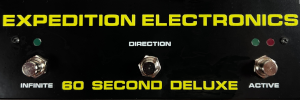Thursday, January 14, 2016
MakeNoise Tempi-Samurai Beats
MakeNoise Tempi-Samurai Beats from Richard Devine on Vimeo.
"Sneak peak first patch with the TEMPI module by MakeNoise. TEMPI is a 6 channel, polyphonic, time-shifting module. It provides an intuitive method for the creation and recalling of complex clocking arrangements within a modular synthesizer system.
The primary user interface and programming elements for the module are six large, illuminated buttons:
BUTTON-1 through BUTTON-6, and two smaller illuminated buttons:PGM_A and PGM_B. The module is able to store up to sixty-four clock/timing scenarios called "STATES", arranged in four BANKS of sixteen. An LED is used to indicate the current BANK by <COLOR> and changes in STATE indicated by <FLASHING>. There are INputs for External TEMPO, a Gate INput for MOD, and STATE Selection via a CV INput (with Combo pot for attenuation) and / or GATE INput.
The primary goal of this module is to have the maximum amount of artist-controlled musical variation with a minimum amount of data inputs.
Specific notes about the patch:
All the beats are being sequenced by the Tempi module. There are several stackable cables going out to two Addac Wave players, each playing 72 samples each, and the main drums are coming from the Nord Drum 2, which is then split into two signals one being processed by a Mungo g0 dual delay/storage strip clocking through different delay feedback presets. Then the outputs from one of my ADDAC 101 waveplayer's was then being processed by a Qu-Bit RT-60, and another RT-60 was processing the output of the other ADDAC 101 waveplayer. Running both at the same time and then using one of the Gate outputs 5, and 6 from Tempi to switch through different effects on the RT-60's and at the same time triggering different samples. This is what was creating the different effects processing happening at specific time intervals. Snare noise sound coming from the Hex Inverter new Snare module. Other modulation coming from the OmniMod module from Macro Machines, going out to the Folktek Matter module adding in some of the extra tiny glitches and textures. The drone chords come from the ALM's ALM011 / Akemie's Castle running into the TipTop Z-DSP halls of Valhalla card using program 8. The bassline is from a Modcan FMVDO running into a MakeNoise Optomix. The high harmonic notes played via a Mutable Instruments Ring Module, sending out a clock from channel two from Tempi into X clock input on Rene. Everything was recorded in one take."
New Korg minilogue Polyphonic Analog Synthesizer Video
You'll find a fourth video added to the main KORG Minilogue announcement post here. It's a great overview so do check it out. For those concerned about the feel of the mini keys, according to that video they are better than previous incarnations.
Mode Machines F106 Juno 106 Filter Demos
Published on Mar 9, 2014 Paul Germain
"The Mode Machines F-106 Juno Filter is an analog filter that is based on the Roland Juno-106 filter circuit. It features switchable filter quality, dis-connectable self oscillation & 3 CV inputs for cutoff, resonance and VCA."
MODE MACHINES F-106 Juno Filter DEMO
Published on Jan 5, 2013 MOGUSOBA
Mode Machines F-106 Juno Filter
Note: links to listings are affiliate links for which the site may be compensated.
via this auction
 "The Mode Machines F-106 Juno Filter is an analog device that can be used to modulate audio signals. You can also connect external devices using the CV inputs to control the functions of the unit.
"The Mode Machines F-106 Juno Filter is an analog device that can be used to modulate audio signals. You can also connect external devices using the CV inputs to control the functions of the unit.
Switchable filter quality (12 or 24 dB / oct.)
Disconnectable self-oscillation
Front-side power switch with power LED
Three CV inputs for cutoff, resonance, and VCA
Desk-compact steel case with wooden side plates (Micro Fashion Series)
Knobs Cutoff: Adjusts the cutoff of the low-pass filter
Resonance: Adjusts the resonance (feedback) of the filter
VCA: Adjusts the audio output level
Switches 24 dB / 12 dB: Selects the filter type, 24 or 12 dB / oct
Self Oscillator: Enables self-oscillation
Power: Turns the unit On/Off
Connections Audio Output: 1/4"( 6.35 mm) mono jack
Audio Input: 1/4" (6.35 mm) mono jack
Frequency-CV Input for Cutoff (0 to 5 V): 1/8" (3.5 mm) mono jack
Resonance-CV Input for Resonance (0 to 5 V): 1/8" (3.5 mm) mono jack
VCA-CV Input for VCA (0 to 5 V): 1/8" (3.5 mm) mono jack
12 to 20 VDC Power Input: + on center pin
Power Consumption <100 mA at 12 VDC Audio Approximately 30 Hz to >15 KHz"
via this auction
 "The Mode Machines F-106 Juno Filter is an analog device that can be used to modulate audio signals. You can also connect external devices using the CV inputs to control the functions of the unit.
"The Mode Machines F-106 Juno Filter is an analog device that can be used to modulate audio signals. You can also connect external devices using the CV inputs to control the functions of the unit.Switchable filter quality (12 or 24 dB / oct.)
Disconnectable self-oscillation
Front-side power switch with power LED
Three CV inputs for cutoff, resonance, and VCA
Desk-compact steel case with wooden side plates (Micro Fashion Series)
Knobs Cutoff: Adjusts the cutoff of the low-pass filter
Resonance: Adjusts the resonance (feedback) of the filter
VCA: Adjusts the audio output level
Switches 24 dB / 12 dB: Selects the filter type, 24 or 12 dB / oct
Self Oscillator: Enables self-oscillation
Power: Turns the unit On/Off
Connections Audio Output: 1/4"( 6.35 mm) mono jack
Audio Input: 1/4" (6.35 mm) mono jack
Frequency-CV Input for Cutoff (0 to 5 V): 1/8" (3.5 mm) mono jack
Resonance-CV Input for Resonance (0 to 5 V): 1/8" (3.5 mm) mono jack
VCA-CV Input for VCA (0 to 5 V): 1/8" (3.5 mm) mono jack
12 to 20 VDC Power Input: + on center pin
Power Consumption <100 mA at 12 VDC Audio Approximately 30 Hz to >15 KHz"
Mode Machines MW-01 WASP Filter
Note: links to listings are affiliate links for which the site may be compensated.
via this auction
"The Mode Machines MW-01 Wasp Filter is a distortion filter device. It uses the same VCF model as from the EDP Wasp Synth, but adds tweaks and modifications to bring out the noise. Built into a robust, folded, aluminum case with a chunky layout, an intuitive design, and an LED indicator, this filter is well-suited for live performance as well as experimentation in the studio. The MW-01 Wasp Filter is capable of adding grit and punch to drums, ambient sweeps, filter wobble, and plain crazy noise.
Select between Low, Band, and High filter types
Control the LFO speed and levels via a dedicated knob for each
Select between a Self Oscillator mode via the switch
Control drive, cutoff, and resonance via the dedicated knobs for each
Audio in/ audio out"
via this auction
"The Mode Machines MW-01 Wasp Filter is a distortion filter device. It uses the same VCF model as from the EDP Wasp Synth, but adds tweaks and modifications to bring out the noise. Built into a robust, folded, aluminum case with a chunky layout, an intuitive design, and an LED indicator, this filter is well-suited for live performance as well as experimentation in the studio. The MW-01 Wasp Filter is capable of adding grit and punch to drums, ambient sweeps, filter wobble, and plain crazy noise.
Select between Low, Band, and High filter types
Control the LFO speed and levels via a dedicated knob for each
Select between a Self Oscillator mode via the switch
Control drive, cutoff, and resonance via the dedicated knobs for each
Audio in/ audio out"
Original ARP Odyssey 2800 SN 282921A
Note: links to listings are affiliate links for which the site may be compensated.
via this auction
"This one has been serviced with new sliders installed in all locations so it performs as accurate as Arp originally intended. It also has replaced key bushings, capacitors were updated and it was calibrated so the tuning and power supply are accurate. When you tune to C all vco sliders are dead center. All work was done within the past year and It's kept covered in a clean studio when not in use to preserve the fresh sliders."
via this auction
"This one has been serviced with new sliders installed in all locations so it performs as accurate as Arp originally intended. It also has replaced key bushings, capacitors were updated and it was calibrated so the tuning and power supply are accurate. When you tune to C all vco sliders are dead center. All work was done within the past year and It's kept covered in a clean studio when not in use to preserve the fresh sliders."
5U // Synthesizers.com - Q109 Envelope Generator
Published on Jan 14, 2016 DiscoverNoise
"DiscoverNoise 023-
5U 004-
Demonstrating the Synthesizers.com Q109 Envelope Generator.
No after processing done. Just the raw sound.
Synthesizers.com Q109 Envelope Generator: http://www.synthesizers.com/q109.html
Patchsheet: https://cloud.1und1.de/ngcloud/extern..."
Moog Mother 32 Review
Published on Jan 14, 2016 sonicstate
"We finally get our hands on the Mother 32 - see what we made of Moog first Eurorack synth"
ROLAND JD-XA // OWN SOUND CREATIONS // part 1
Published on Jan 14, 2016 LESINDES
"Testing the ROLAND JD-XA. Own sound creations.
Using arpeggios and sequences. Tweaking occasionally. JD-XA does not contain any drum kits as its smaller and cheaper sibling is providing. If there are any drums to be heard they're mostly programmed from scratch with the internal sound engines -- both digital and analog.
More thoughts about the synth:
Many options. But it is a little bit the JD800 problem: the basic sound is quickly edited but the fine tuning takes hours because you have to step thru hundreds of parameters in a 2-line-display (without dial!!!).
No computer editor!
The sequencer is almost the same as in JD-Xi with the same flaws. It crashes frequently and it DOES NOT TRANSPOSE! I hope Roland will fix and implement this with the next update.
About the integration of digital and analog section: The routing is a bit confusing to me but once you managed to lea a digital sound through the analog section it sounds very nice. The digital waves are also well chosen and sounding. For understanding the concept: There are two synths -- one digital, one analog -- that only share the housing and the FX. As a consequence you cannot choose a digital waveform in your analog synth you can only lead a complete sound of the digital machine through the analog section for sound enhancement.
But all in all it is a versatile well sounding synth!"
ROLAND JD-XA // OWN SOUND CREATIONS // part 2
Published on Jan 20, 2016 LESINDES
ROLAND JD-XA // OWN SOUND CREATIONS // part 3
Published on Jan 23, 2016 LESINDES
"Testing the ROLAND JD-XA. Own sound creations.
Using arpeggios and sequences. Tweaking occasionally. JD-XA does not contain any drum kits as its smaller and cheaper sibling is providing. If there are any drums to be heard they're mostly programmed from scratch with the internal sound engines -- both digital and analog.
More thoughts about the synth:
Many options. But it is a little bit the JD800 problem: the basic sound is quickly edited but the fine tuning takes hours because you have to step thru hundreds of parameters in a 2-line-display (without dial!!!).
No computer editor!
The sequencer is almost the same as in JD-Xi with the same flaws. It crashes frequently and it DOES NOT TRANSPOSE! I hope Roland will fix and implement this with the next update.
About the integration of digital and analog section: The routing is a bit confusing to me but once you managed to lea a digital sound through the analog section it sounds very nice. The digital waves are also well chosen and sounding. For understanding the concept: There are two synths -- one digital, one analog -- that only share the housing and the FX. As a consequence you cannot choose a digital waveform in your analog synth you can only lead a complete sound of the digital machine through the analog section for sound enhancement.
But all in all it is a versatile well sounding synth!"
PREVIOUS PAGE
NEXT PAGE
HOME
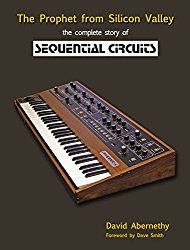
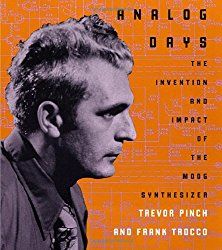
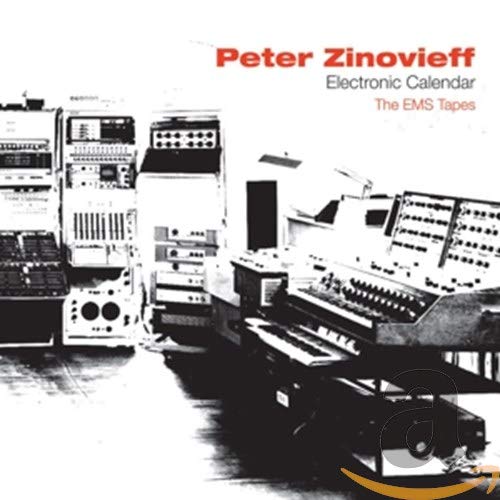
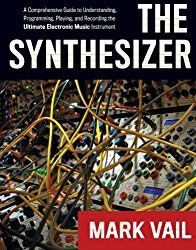

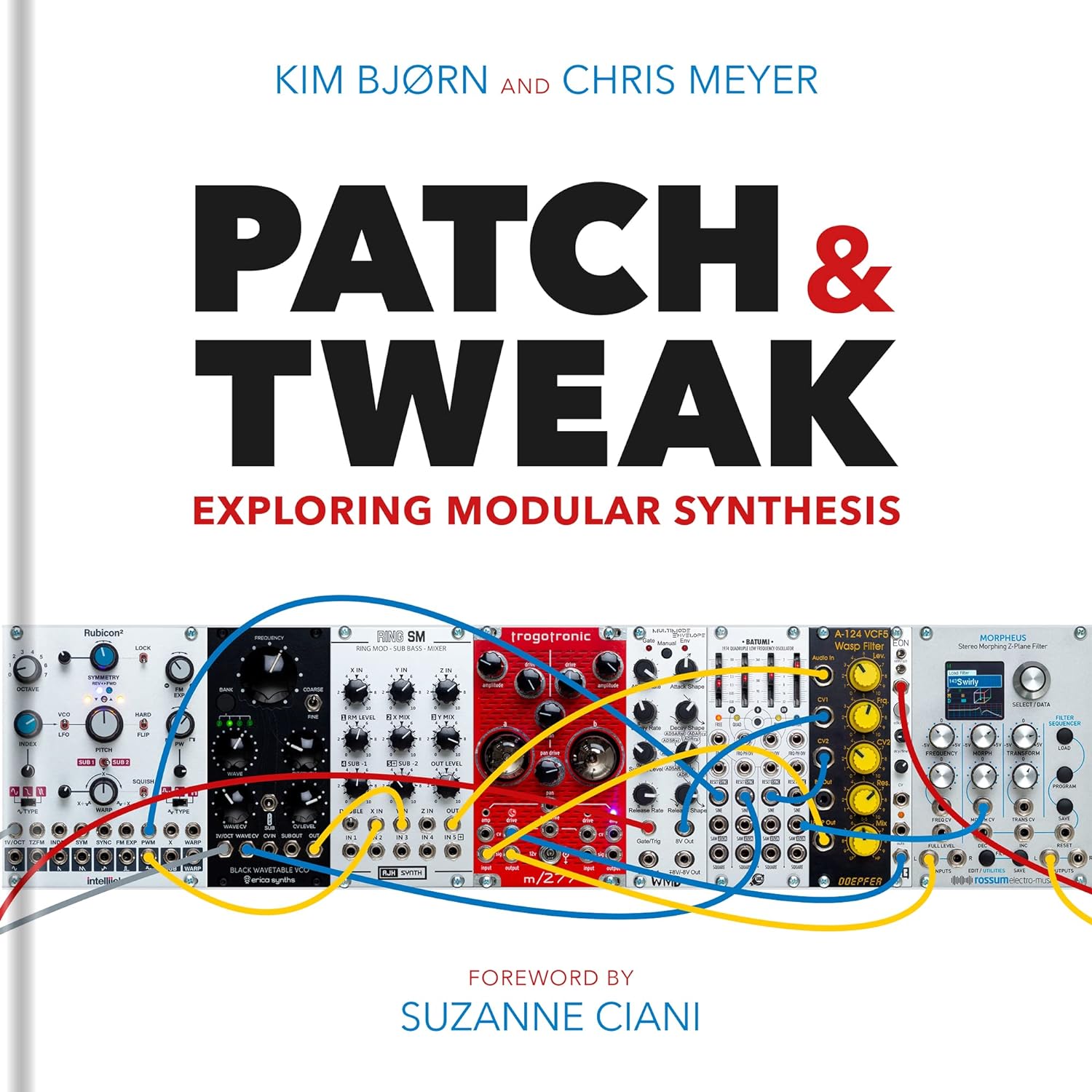
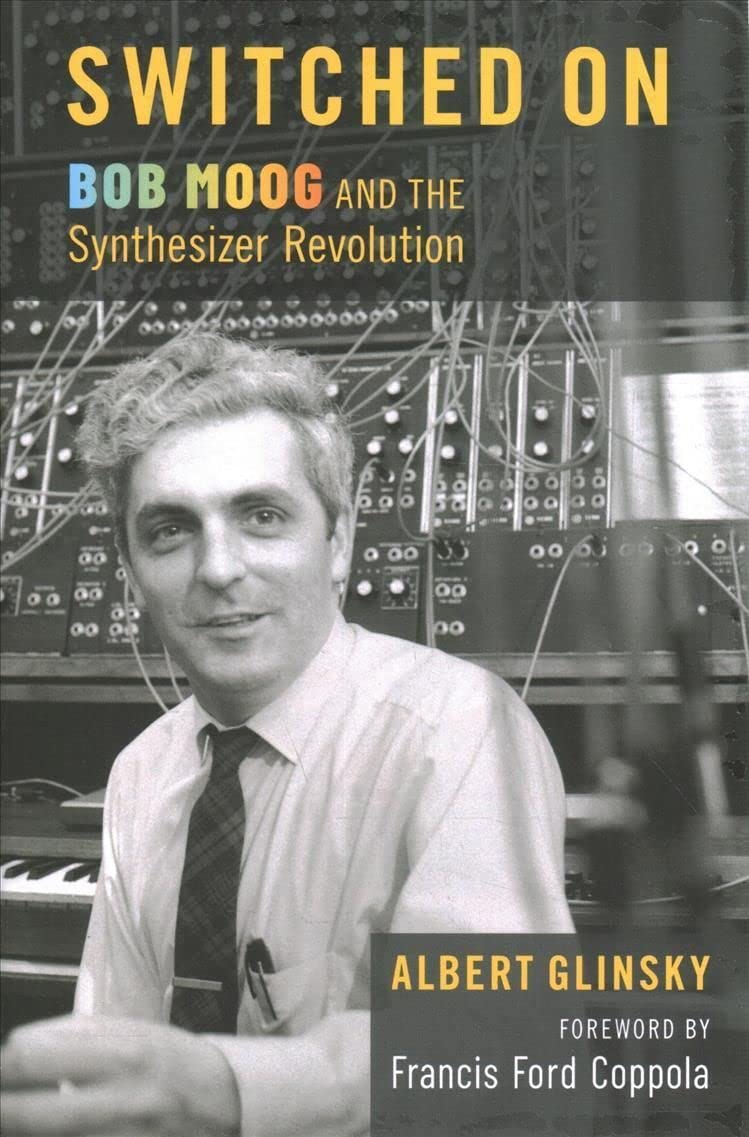
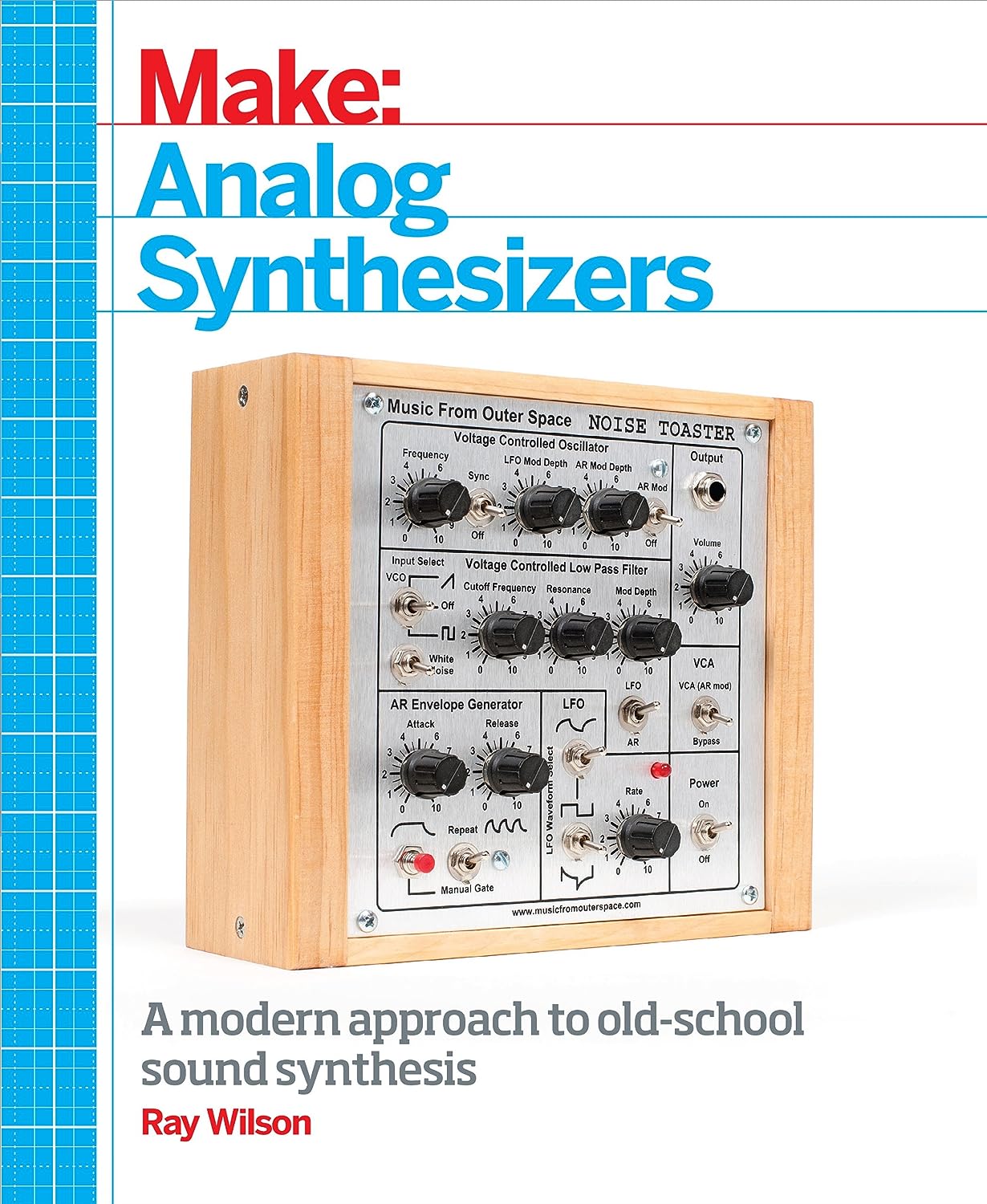
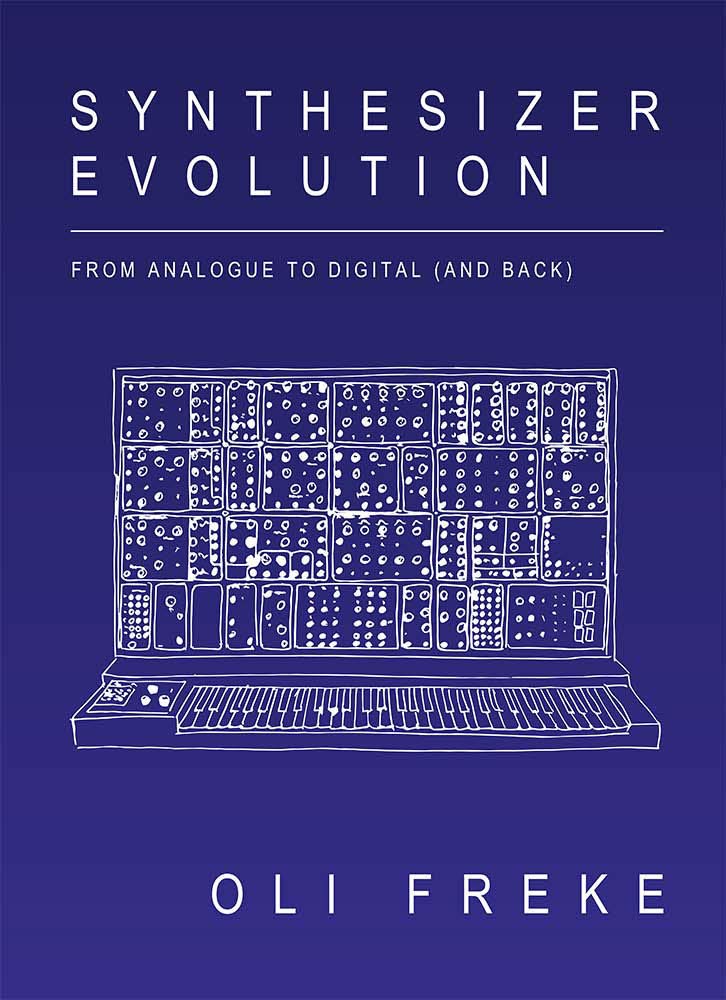

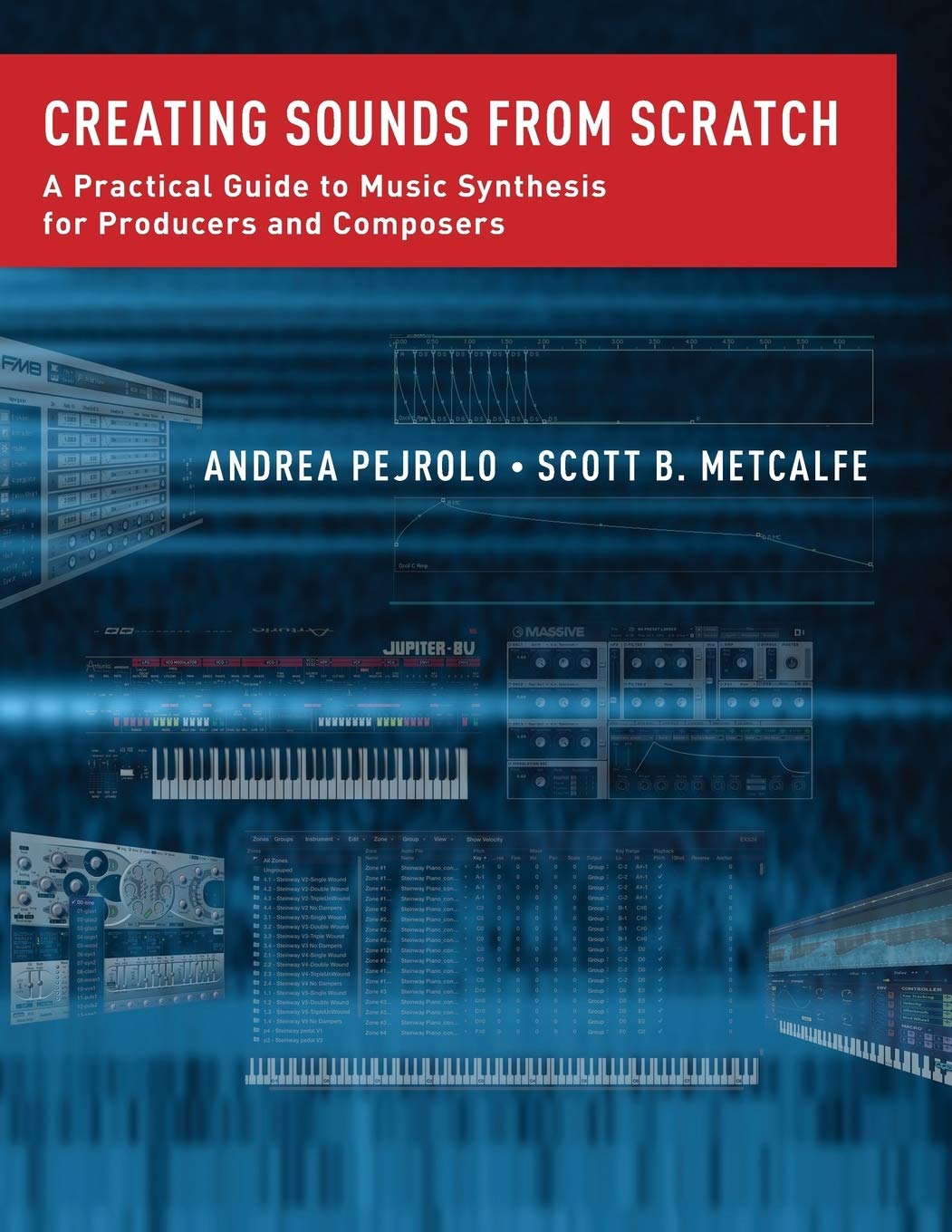


© Matrixsynth - All posts are presented here for informative, historical and educative purposes as applicable within fair use.
MATRIXSYNTH is supported by affiliate links that use cookies to track clickthroughs and sales. See the privacy policy for details.
MATRIXSYNTH - EVERYTHING SYNTH













© Matrixsynth - All posts are presented here for informative, historical and educative purposes as applicable within fair use.
MATRIXSYNTH is supported by affiliate links that use cookies to track clickthroughs and sales. See the privacy policy for details.
MATRIXSYNTH - EVERYTHING SYNTH

















